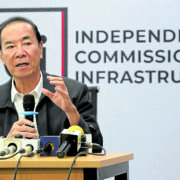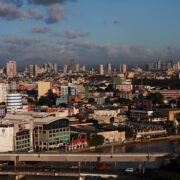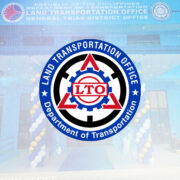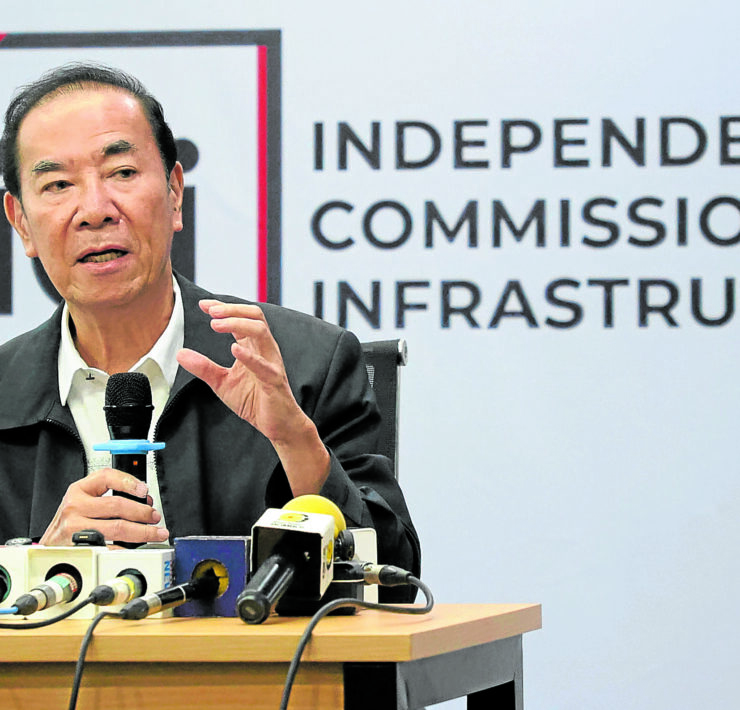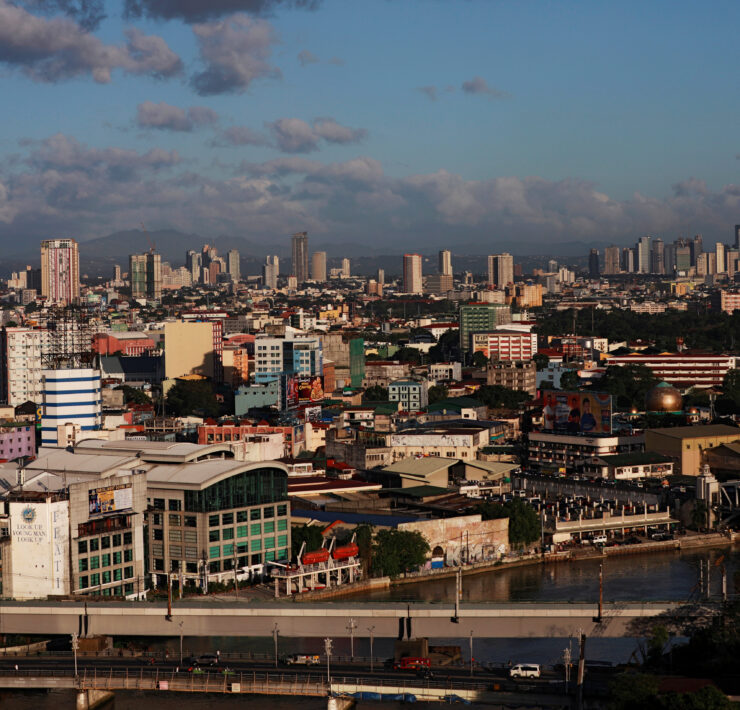Aid slow to reach remote areas in quake-hit Cebu
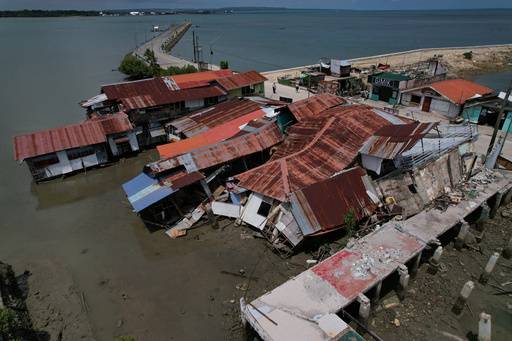
CEBU CITY—Three days after a devastating magnitude 6.9 earthquake struck northern Cebu, survivors in coastal and upland villages continued to appeal for food, water, and shelter as relief operations remained slow in reaching far-flung areas.
The provincial government acknowledged that many have indeed not received help but said it was setting up incident command centers (ICCs) in every barangay to fast-track the distribution of urgent necessities, such as water and food.
Authorities have also begun redirecting its operations from clearing and relief work to assisting in rebuilding efforts, including conducting assessments on buildings and other critical infrastructure damaged by the quake.
With help slow in trickling in, some residents in Barangay Tacup, San Remigio, one of the hardest-hit areas, have been forced to barter the little that they have, such as bananas and sweet potatoes, in exchange for clean water.
In a coastal village in Sitio Takdan 2, Barangay Polambato of Bogo City, some families whose homes have been damaged or deemed unsafe have resorted to building makeshift tents.
“Any help will do, even just for the children. Many households are here, but we feel forgotten compared to those along the main roads,” said resident Daniela Pepito, noting that relief goods have largely been distributed in more accessible areas.
In Tabogon town, several families in Barangay Ilihan, have turned a cemetery into a temporary shelter for fear of aftershocks.
In Barangay Gairan, survivors have temporarily evacuated upland for safety. But Melvi Maris Rosales, one of the residents, said the aid they have received remained insufficient to cover their daily needs for food and water.
Centralize donations
Cebu Gov. Pamela Baricuatro noted that provincial operations only began on Thursday, Oct. 2, that’s why relief operations have yet to reach some of the victims.
“We have to understand that our [local government units] are also affected, our mayors also have to deal with what happened to them, that’s why [the] Cebu [provincial government] has been there from Day One to help them out,” Baricuatro said at a press briefing.
She assured that the provincial government has rushed the setting up of ICCs to coordinate the help pouring in.
Baricuatro also appealed to private donors to centralize their donations to prevent heavy traffic on northern roads and ensure safety amid continuing aftershocks.
“We appreciate the overwhelming support, but we ask private individuals and organizations to centralize the donations. It is not advisable for everyone to go there and do their own distribution,” she said.
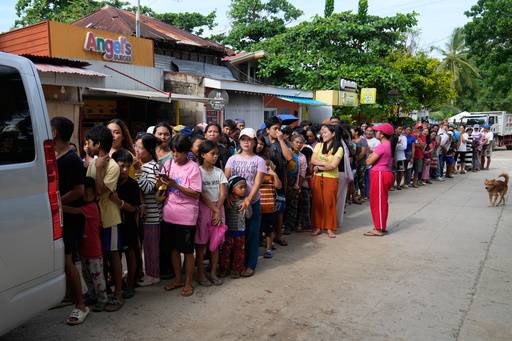
Many survivors who have yet to receive any assistance expressed frustration over the distribution process.
“It’s heartbreaking, it really crushes my heart. It’s so painful for people who haven’t eaten at this time,” said one resident, who requested anonymity.
Along roads in Sogod, Borbon, Tabogon, Medellin, and Daanbantayan, survivors lined up holding cardboard signs begging for food and water, waving at passing cars in hopes of receiving aid.
The earthquake, which struck Cebu on Tuesday, left 68 people dead and caused widespread destruction, damaging homes, schools, churches, and vital infrastructure. The tremor was also strongly felt in Negros Oriental, Bohol, Siquijor, and Leyte, forcing thousands to flee their homes.
The Office of Civil Defense (OCD) on Friday amended the number of fatalities from 72 following a validation process by the Management of the Dead and Missing cluster, a subgroup under the disaster response cluster led by the Department of Social Welfare and Development.
OCD VII regional director Joel Erestain also explained that the discrepancy was due to duplicate entries in initial reports.
“It’s a matter of double entry,” he said. He also cautioned that the tally could still change.
Mobile, foot patrols
Philippine National Police acting chief Lt. Gen. Jose Melencio Nartatez Jr. said personnel have been instructed to mobilize resources for disaster response and rehabilitation.
“We maintain full coordination with the local government units and other agencies involved in the rebuilding process. All our personnel on the ground are actively doing their share to achieve this goal,” Nartatez said.
He added that police presence in affected areas had been increased, with “mobile and foot patrols intensified, checkpoints established in key routes, and close coordination with disaster management teams” to safeguard residents and act swiftly against any attempt to exploit the situation.
On Friday, a magnitude 5.1 aftershock struck northern Cebu, said the Philippine Institute of Volcanology and Seismology (Phivolcs).
In its Facebook update, Phivolcs said the tremor occurred at 5:39 a.m., with a magnitude of 5.1, located 18 kilometers northeast of Bogo City, Cebu, at a depth of 10 km.
The quake was felt in varying intensities across northern Cebu and nearby areas: Intensity IV (moderately strong) in Bogo City, Cebu, and in Villaba, Tabango and San Isidro, Leyte; Intensity III (weak) in Tabuelan, Cebu, and in Calubian and Palompon, Leyte; Intensity II (slightly felt) in Argao, Cebu. —FROM LEO UDTOHAN, NESTLE SEMILLA-DAKAY, IMMAE LACHICA, RESCEL OCAMP AND GABRYELLE DUMALAG




